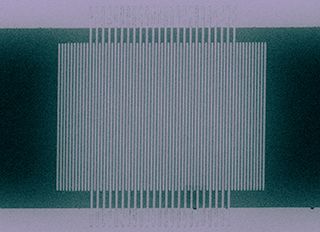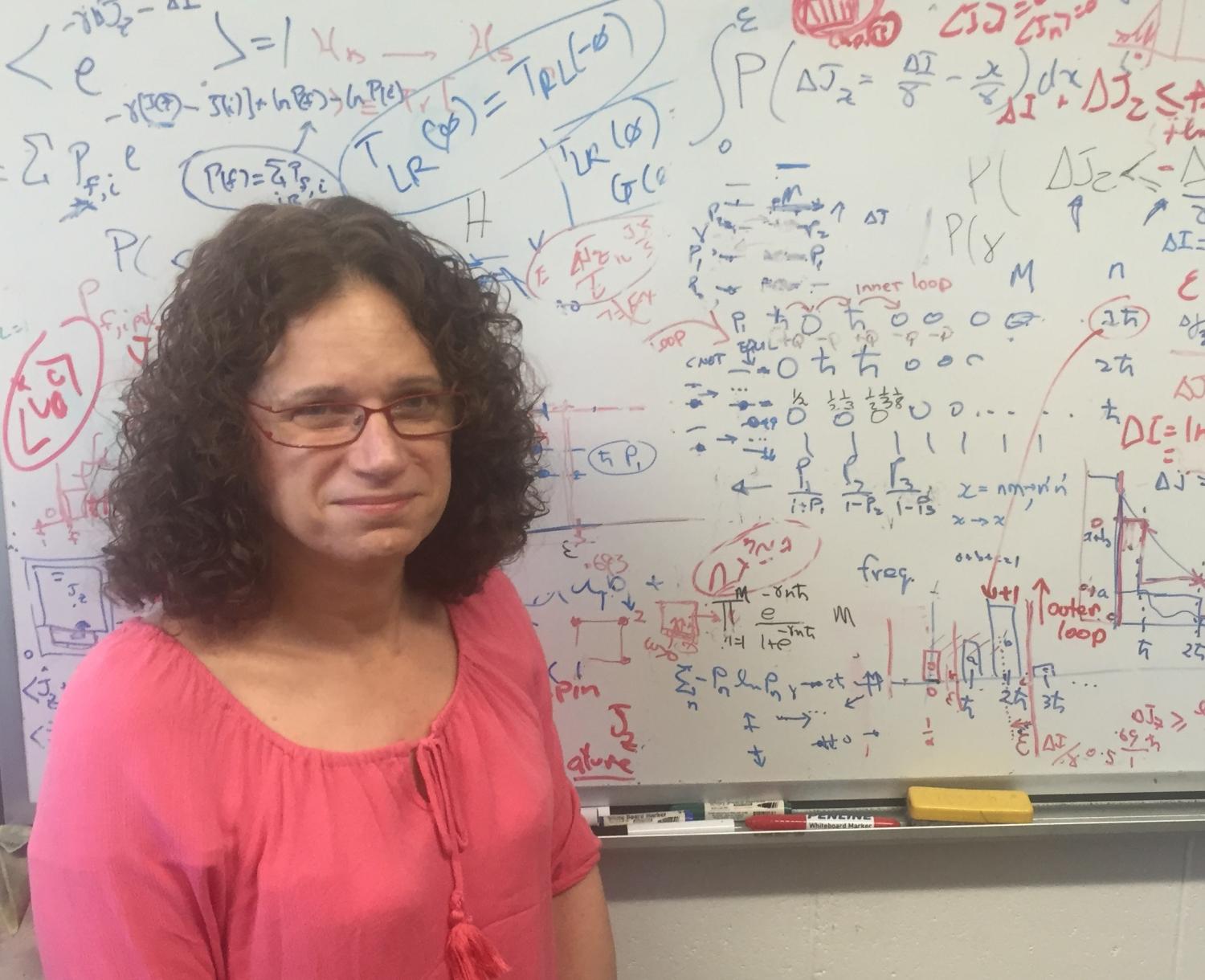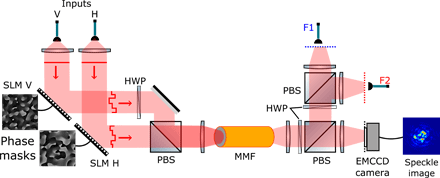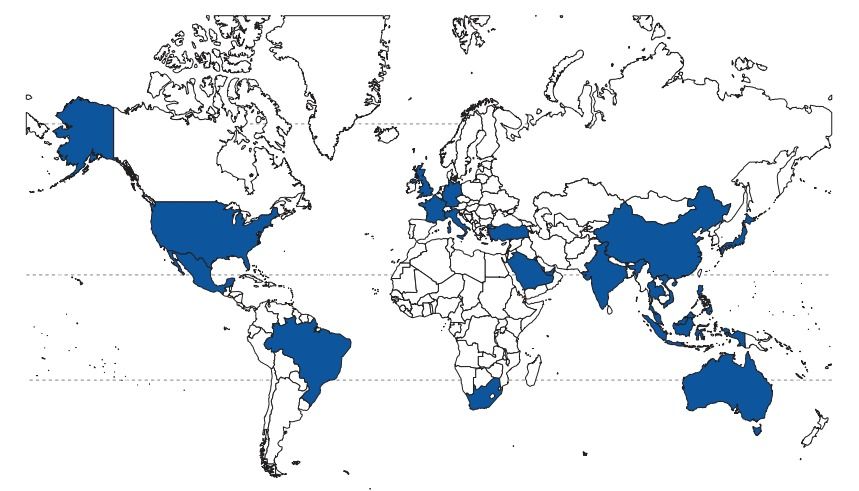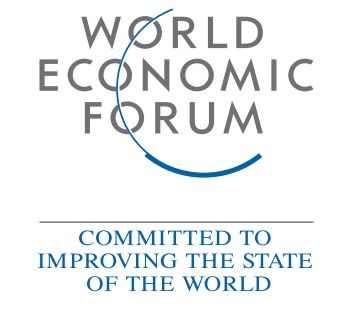Transport Quantum bits via superconducting nanowires. Definite step forward in information transmittal capabilities.
Although 74 picoseconds may not sound like much — a picosecond is a trillionth of a second — it is a big deal in the quantum world, where light particles, or photons, can carry valuable information. In this case it means that much less “jitter,” or uncertainty in the arrival time of a photon. Less jitter means that photons can be spaced more closely together but still be correctly detected. This enables communications at a higher bit rate, with more information transmitted in the same period.
Every little bit helps when trying to receive faint signals reliably. It helped, for example, in NIST’s recent quantum teleportation record and difficult tests of physics theories. In such experiments, researchers want to decode as much information as possible from the quantum properties of billions of photons, or determine if “entangled” photons have properties that are linked before — or only after — being measured.
NIST has made many advances in photon detector designs. In the latest work, described in Optics Express, NIST researchers used an electron beam to pattern nanowires into a thin film made of a heat-tolerant ceramic superconductor, molybdenum silicide. The tiny boost in energy that occurs when a single photon hits is enough to make the nanowires briefly lose their superconducting capability and become normal conductors, signaling the event.
